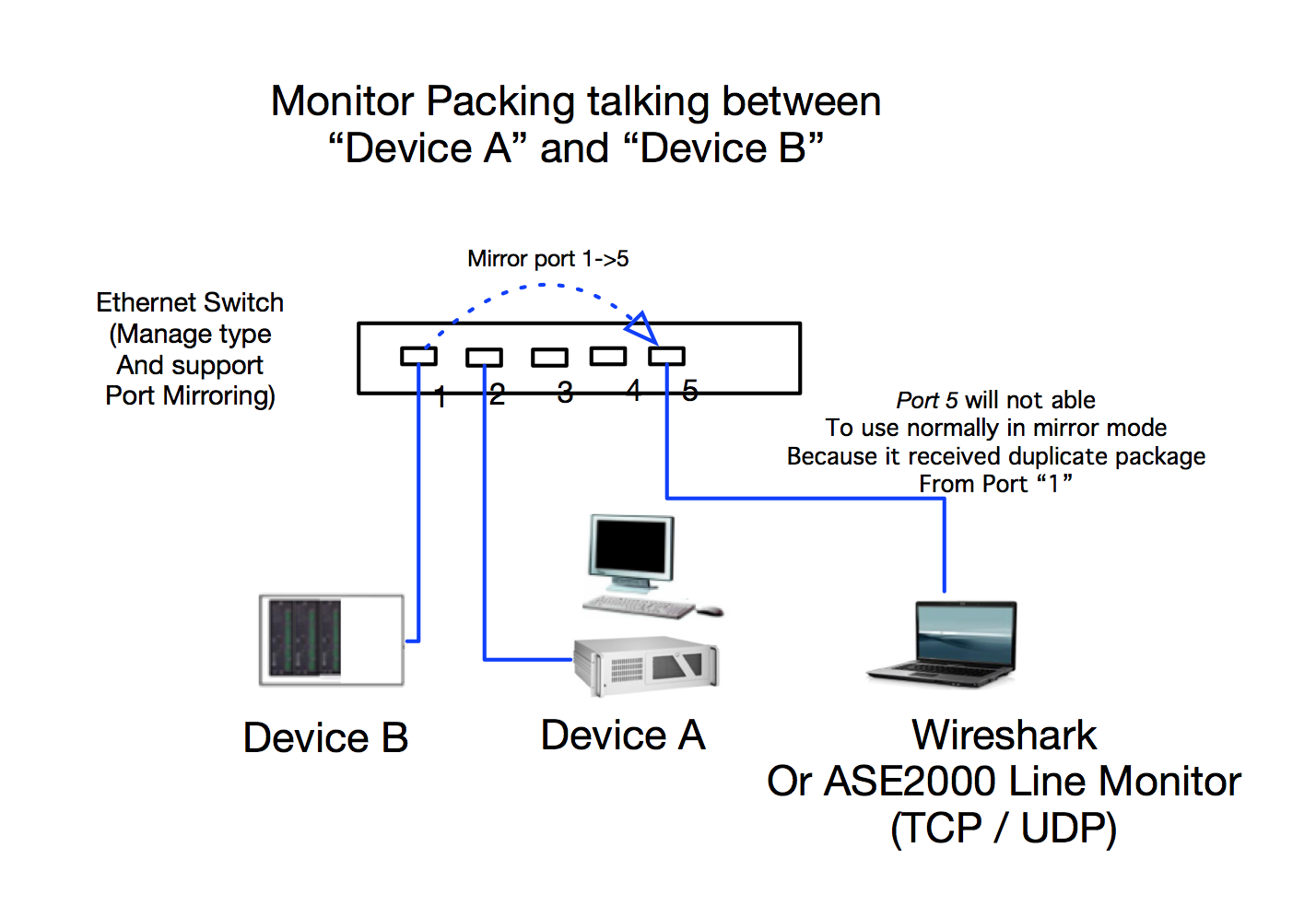

DHCP (Dynamic Host Configuration Protocol) requests on the interface are answered with an IP for the guest and address of the Host only adapter. This interface can be shared amongst guests. VirtualBox creates a host interface (a virtual device visible on the host).

Port mappings can be made to allow requests to the host on a specific port to be forwarded to the guest. The internal address is translated to the hosts IP.

The DHCP server can be configured using a CLI (no GUI support). Every guest gets his own virtual router and can’t access other guests. VirtualBox makes available a single virtual isolated NAT router on a network interface inside a guest. The VirtualBox internal DHCP server has no GUI support, only a CLI.Secure (access from outside the host is not possible).No VirtualBox virtual host network interface (device + driver) required.If multiple guests share the same interface name, they are connected like a switch and can access each other. VirtualBox makes available a network interface inside a guest. Networking options Internal network Overview This information is also available in the following presentation. Access between guests, host and other members of the network is explained and the required configuration is shown. In this blog, the different options are explained and some example use cases are elaborated. With this flexibility comes the challenge of making the correct choices. VirtualBox networking is extremely flexible.


 0 kommentar(er)
0 kommentar(er)
